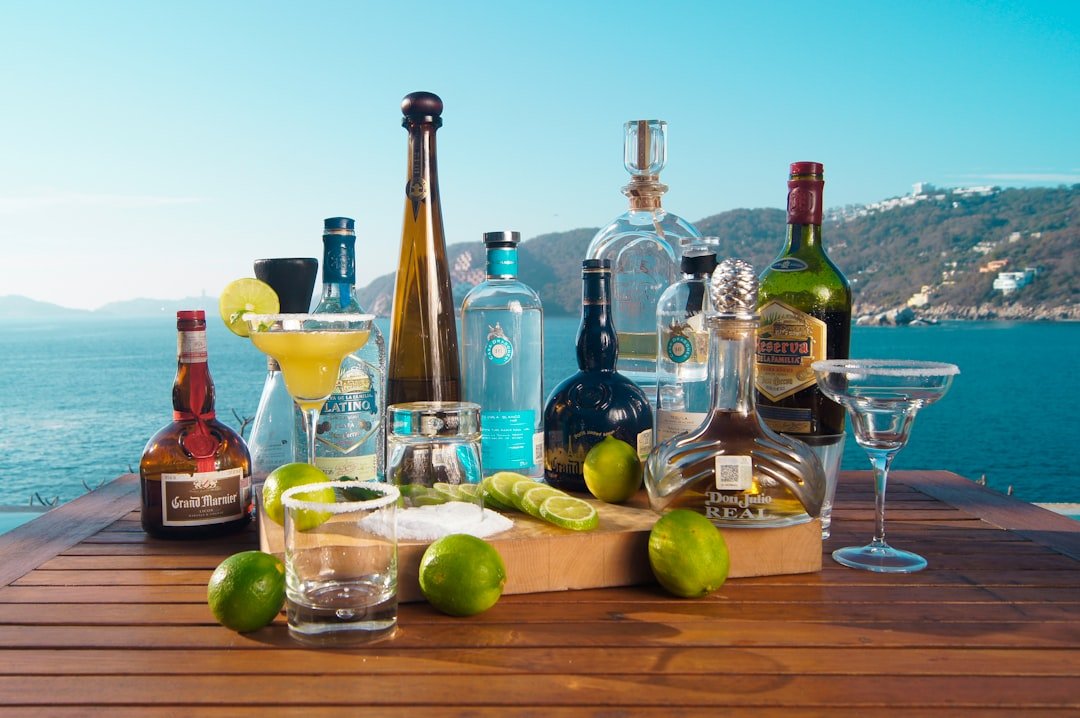A Journey from Agave to Glass: The Allure of Tequila Tequila is more than just a beverage; it is a cultural icon rich in flavor, craftsmanship, & history. You will learn about tequila’s rich history, the craft of tasting, and how to pair it with regional cuisine as you go on this exploration. Along with learning how to create the ideal cocktail and how to choose the best tequila to bring home, you will also learn about the distilleries in Cabo.
Long before the Spanish arrived, the indigenous peoples of Mexico, especially the Aztecs, worshipped the agave plant, which is where tequila got its start. They produced pulque, a milky beverage, by fermenting the agave sap. But the modern form of tequila did not emerge until the 16th century, when Spanish conquistadors brought distillation techniques. In 1600, the town of Tequila, Jalisco, which is still the center of tequila production, erected the first official distillery.
When you learn more about its past, you’ll discover that tequila is more than just a spirit—it’s a representation of Mexican pride and culture. Tequila received Denomination of Origin status in 1974, which restricts its use to spirits made in particular parts of Mexico. Because of this legal protection, tequila’s authenticity and quality are preserved, enabling you to enjoy its distinctive flavors and qualities that differ depending on the area & production process.
Getting ready for the tasting. A tiny amount can help concentrate the scents, so pour it into a tulip-shaped glass. Examine the color of the glass as you hold it up to the light; a clear tequila indicates a blanco or silver variety, whereas a golden hue suggests an añejo or reposado wine. Finding the Fragrances.
Then, pause and breathe in the scents. Gently swirl the glass to release the aromas, then hold it up to your nose. Citrus, vanilla, or even earthy undertones may be detected. Take your time; interacting with the spirit prior to tasting is crucial.
The experience of tasting. When you’re prepared, take a tiny sip & allow it to settle on your tongue. Take note of the flavors that develop: fruity undertones, spiciness from the barrel aging, or sweetness from the agave plant. A good tequila will leave a pleasant aftertaste that lasts, so pay attention to the finish.
In addition to its beautiful beaches, Cabo San Lucas is well-known for its thriving tequila culture. Consider stopping by nearby distilleries while you’re exploring this area to see the artistry involved in making tequila. From the agave harvesting to the fermentation and distillation stages, many distilleries provide tours that walk you through the entire process. You will have the chance to interact with master distillers who are enthusiastic about what they do when you visit.
They will discuss both cutting-edge & conventional techniques for enhancing flavor profiles. You may even have the opportunity to sample fresh agave or observe how various aging techniques impact the finished product. Talking with these craftspeople will increase your understanding of tequila’s cultural significance.
Tequila enhances your culinary experience by blending well with a variety of foods, so it’s not just for drinking. A variety of regional dishes that go well with tequila can be found in Cabo. Think about having some fresh ceviche with a cool blanco tequila, for example.
Añejo tequila and rich mole sauce make a delicious combination as well.
The strong spices in mole can be balanced by the nuanced flavors of aged tequila, which frequently has caramel & oak undertones, making for an unforgettable meal. Asking for pairing suggestions at local eateries is a good idea as many chefs are happy to share their knowledge about the best ways to pair their dishes with tequila. While it’s great to drink tequila straight, it can also be just as fun to mix it into cocktails. Perhaps the most well-known tequila cocktail is the margarita, and for good reason—it’s refreshing and adaptable. Use premium ingredients to make the ideal margarita: your preferred blanco tequila, fresh lime juice, and agave syrup for sweetness.
To add a dimension of flavor, start by rimming your glass with salt. Put two ounces of tequila, one ounce of lime juice, & half an ounce of agave syrup in an ice-filled shaker. Shake well until chilled, then strain into an ice-filled glass.
Garnish with a lime wheel or fresh herbs, such as mint, for a unique and fragrant touch. At any event, this timeless cocktail is sure to make an impression. As your exploration of the tequila world draws to a close, you might want to take a memento of the trip home. Choose the tequilas you liked best at tastings, such as blanco for its freshness or añejo for its complexity, when making your purchase. To be sure of the quality, look for bottles that say “100 percent agave.”.
Ask the friendly staff for recommendations when you’re shopping in Cabo or at your local liquor stores back home. They can point you in the direction of limited editions or distinctive brands that might not be easily found elsewhere. Also, if you wish to try different types without committing to larger sizes, think about buying smaller bottles or tasting sets. Finally, your investigation into tequila—from its extensive history and tasting methods to food pairings and cocktail concoctions—offers a diverse experience that honors this legendary alcoholic beverage. Every experience with tequila, whether you’re drinking it straight or blending it into cocktails, allows you to fully appreciate its richness and complexity while making a meaningful connection with Mexican culture.
So let’s toast to this incredible journey and raise your glass!



